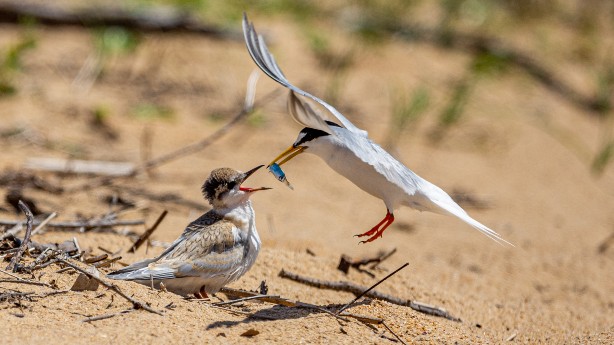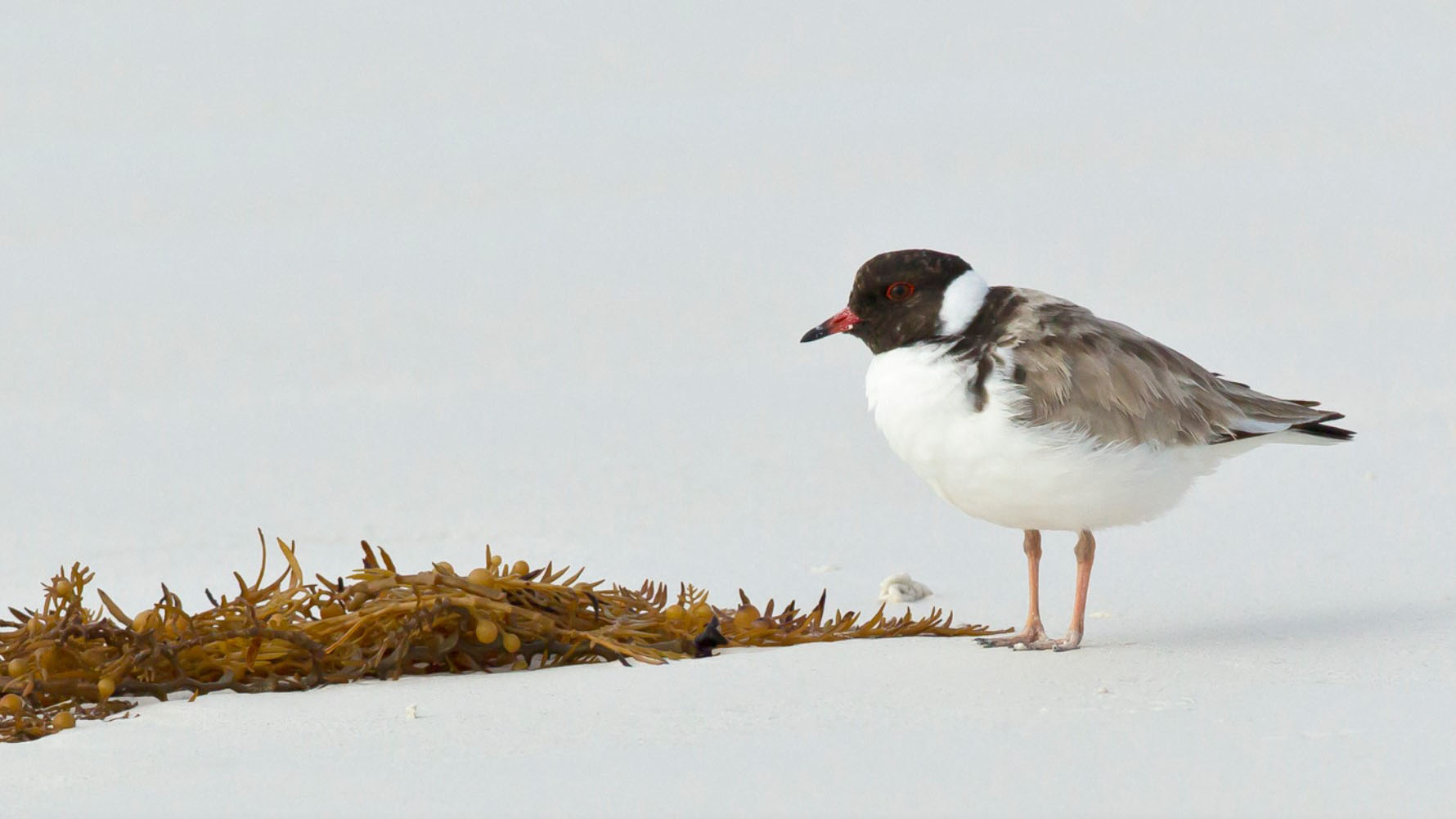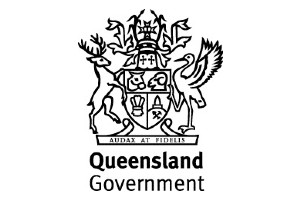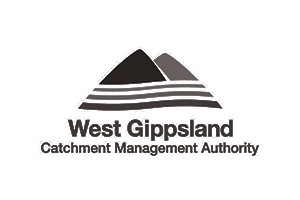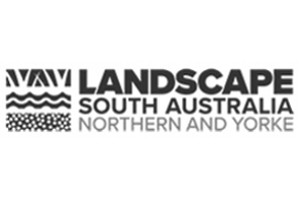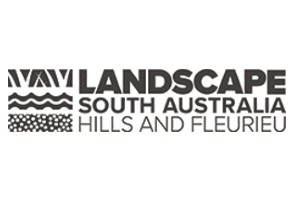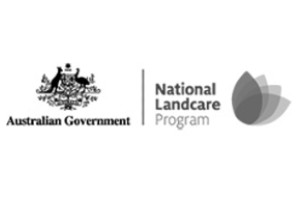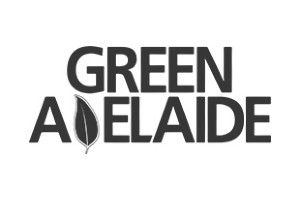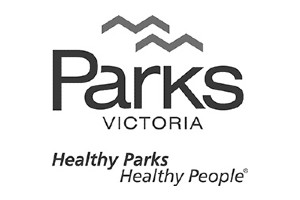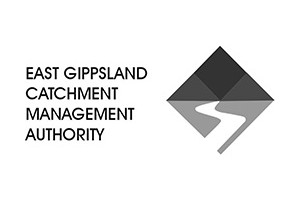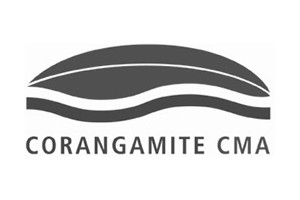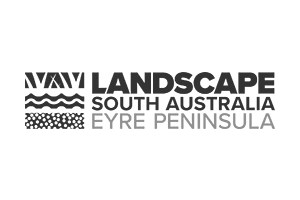The Beach-nesting Birds team receives over 14,000 records every season and uses the information collected by citizen scientists to improve the way beaches are managed and protected.
Key points
-
- Over 897 important sites are monitored every breeding season to follow the breeding activity of species such as the Hooded Plover, Fairy Tern, Red-capped Plover, Pied Oystercatcher and Beach Stone-curlew.
- The Hooded Plover recovery program has operated for 16 years across the eastern range of the species and has halted the population decline, driving the recovery of the Victorian population from around 500 birds to over 700 birds.
- The chances of successfully producing chicks has dramatically improved from as low as 2% to as high as 50% at monitored Hooded Plover breeding sites.
- Beach-nesting birds lay their eggs directly on the beach. Unless we can protect their habitats and give them some undisturbed space to raise a family, our beach-nesting birds will become extinct.
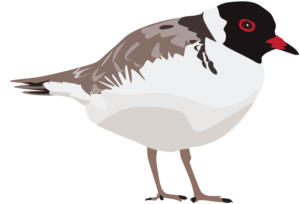
The solution: Australian beaches that are safe for beach-nesting birds
Our Program aims to maintain and improve populations of beach-nesting birds, alleviate key threats to their breeding success and identify, protect and restore critical coastal habitats.
To do this, BirdLife Australia takes the lead in coordinating and delivering:
- On-ground Actions: physical protection of the nest and chick sites, predator control and weed control.
- Direct action to reduce threats: We go to individual breeding sites, and take steps to give these birds a chance to maintain future generations.
- Citizen science monitoring and conservation participation: We need people power to collect enough information to understand and protect these birds, because of the wide distribution, number and distance between sites, and the lengthy breeding season of these birds. We invest heavily in recruiting, training, mentoring and supporting volunteers to play a critical role in recovery.
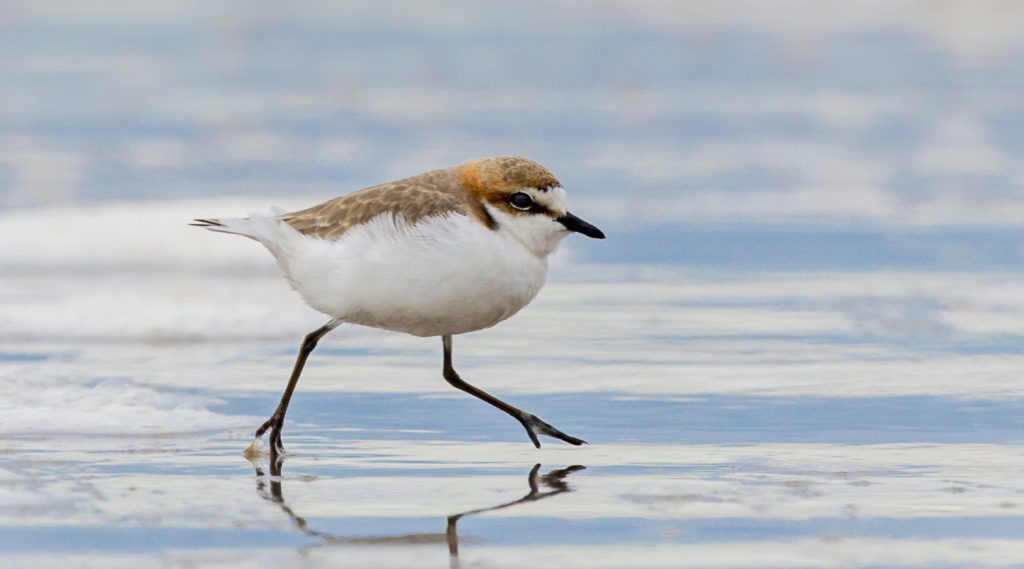
Additionally, we also research, educate, and advocate on behalf of beach-nesting birds:
- Research: We look for gaps that might limit our conservation success, and solutions to mitigating threats. This can even include social research to better understand people’s attitudes, values and motivations.
- Education: We want to generate behaviour change among beach users to create sustainable behaviours, and among land managers and decision makers to ensure coastal management takes into account the needs of vulnerable birds.
- Advocacy: We push for improvements to policy, regulation and enforcement, to ensure we do not lose these birds forever.
Our impact on saving beach-nesting birds
From our beginnings, using Hooded Plover conservation in Victoria as a case study, with only 80 sites and 40 volunteers, the program has grown to become a multi-species, national undertaking, with over 800 volunteers and 1340 sites monitored.
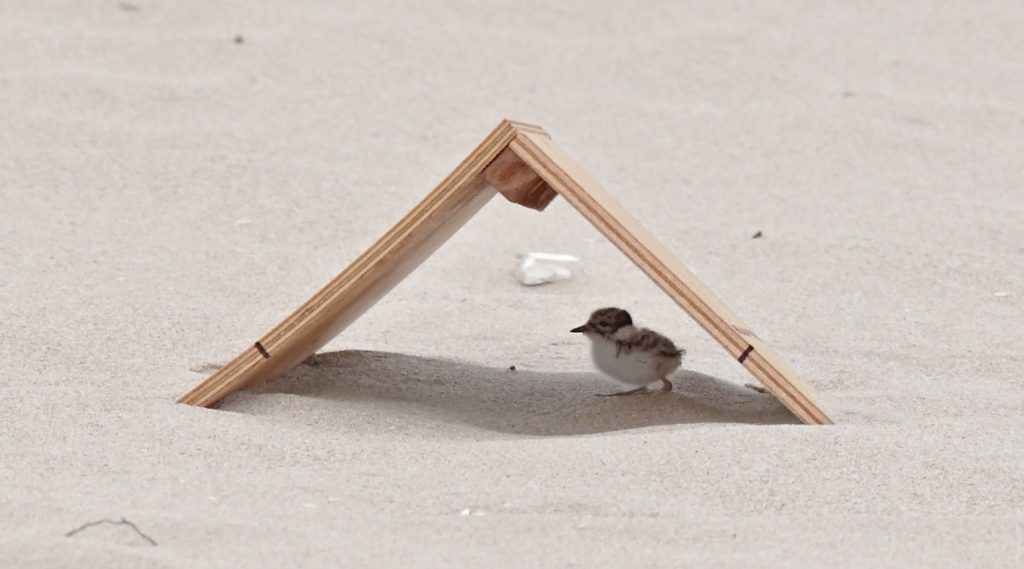
Citizen science and incredible volunteer work
Citizen science is at the heart of the program, and coupled with our monitoring of breeding birds, are dedicated ‘counts’, including over 2,500kms of coast surveyed across four states every two years to count the eastern population of Hoodies.
Research with universities
We’ve made important breakthroughs with research, including:
- Identification of major egg predators using remote cameras
- Conditioned taste aversion to train foxes not to eat eggs
- The discovery that simple wooden teepees could be used as shelter for chicks to greatly improve their survival
Awareness campaigns
Our Hooded Plovers have become celebs of the beach! Hundreds of beach users who have adapted their beach use to help the birds, giving us hope that coexistence is possible.
Working collaboratively with communities and governments
We have formed 15 community groups dedicated to protecting their local flagship beach-nesting birds, such as the Friends of the Hooded Plover groups. We also host a national conference dedicated to sharing information.
The Beach-nesting Birds Program is funded by a range of grants, primarily through the Australian Government’s National Landcare Program in partnership with a number of Landscape Boards and Catchment Management Authorities.
We also have a number of grants awarded by the Victorian Government and Queensland Government. Our Conservation Action Plan and supporting regions with no grants is made possible by BirdLife Australia’s generous donors.
